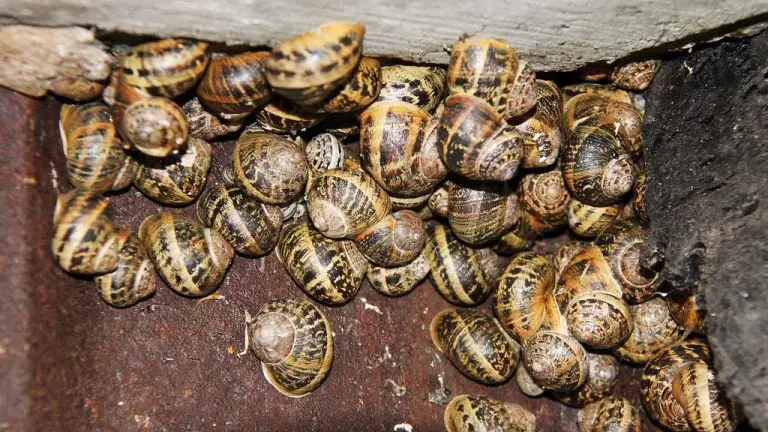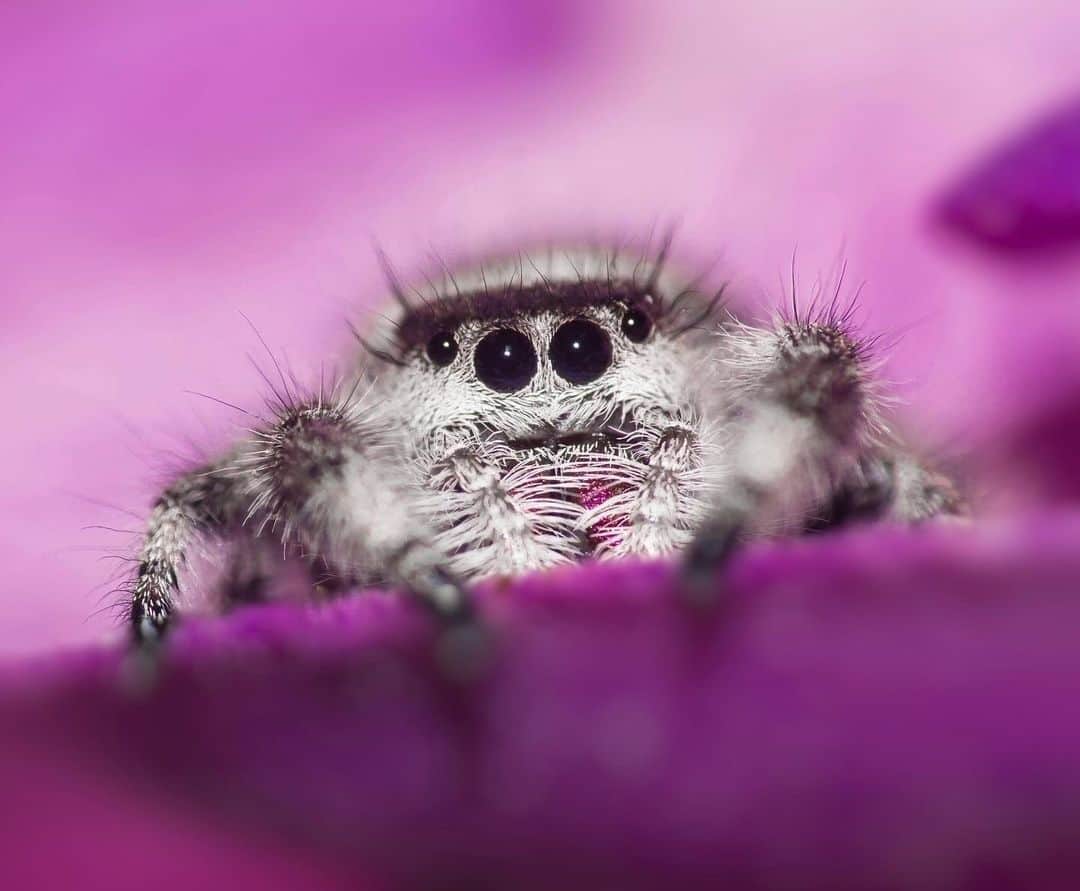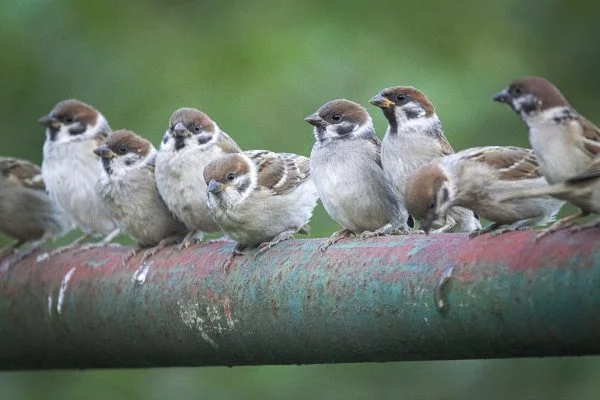Snails, with their glistening shells and gentle pace, often leave a glistening trail across our gardens and sidewalks. Despite seeming solitary, snails may cluster in astonishing numbers, begging the question: what do we name a collective snail? The answer may surprise you, but snail collective nouns reveal their interesting behaviors and ecological responsibilities.
Collective Nouns for Snails
numerous animals have one collective noun, but snails have numerous, each reflecting the context and group behavior:
- Walk: This seemingly pedestrian term signifies a large group of snails moving together in a line, often in search of food or a new habitat. It evokes a sense of slow but determined movement, highlighting the unique locomotion of these shelled mollusks.
Example: As the morning dew glistened on the grass, a walk of snails inched its way across the garden path, leaving behind a glistening trail of slime, showcasing their coordinated movement and collective search for sustenance.
- Trail: This term signifies a group of snails leaving a visible path of slime as they move. It emphasizes the physical trace left behind by these slow-moving creatures, offering a glimpse into their movements even after they have passed.
Example: A trail of snails meandered through the flower bed, the glistening slime serving as a testament to their recent presence and the variety of plants explored on their journey.
- Garden: This term, while not strictly a collective noun, signifies a location where a group of snails lives, often associated with an abundance of vegetation and suitable habitat. It evokes a sense of harmony and coexistence, highlighting the vital role snails play within the garden ecosystem.
Example: The garden teemed with life, including a thriving population of snails diligently munching on leaves and contributing to the decomposition of organic matter, showcasing their crucial role in maintaining a healthy and balanced ecosystem.
- Escargatoire: This term, of French origin, specifically refers to a group of snails prepared for culinary purposes, often associated with gourmet cuisine. While not typically used in everyday conversation, it underscores the historical and cultural significance of snails in certain societies.
Example: In a renowned French restaurant, the chef carefully prepared an escargatoire of snails, meticulously removing them from their shells and presenting them with a creative and flavorful accompaniment, showcasing the diverse ways humans have interacted with these creatures throughout history.
Interesting Facts About Snails
Understanding these collective nouns enhances our understanding of snail behavior and their crucial function in nature:
Masters of Slime: The slime produced by snails is not just a byproduct of movement; it serves as a vital tool for locomotion, protection, and moisture retention. Understanding slime characteristics reveals snails’ extraordinary adaptability to varied settings.
Garden Helpers: Despite sometimes being considered pests, snails play a crucial role in maintaining healthy ecosystems. They act as decomposers, breaking down organic matter and returning nutrients to the soil, contributing to the overall health and fertility of gardens and forests.
Facing Threats: Despite their resilience, snails face numerous threats, including habitat loss, climate change, and the use of pesticides. Raising awareness about these threats and implementing conservation efforts are crucial for ensuring their survival and continued ecological contributions.
Cultural Significance: Snails hold significant cultural and symbolic meaning across various societies. In some cultures, they represent patience, perseverance, and renewal, while in others, they are associated with good luck and prosperity. Understanding their cultural importance helps us respect these interesting animals and appreciate their unique roles in human history and mythology.
Final Thoughts
From their slow “walk” to their bright “trail”, snails’ many collective nouns show their complicated lifestyles and prolonged presence in our surroundings. Appreciating these ideas, understanding snails, and addressing their problems can help keep these intriguing critters captivating us for years.
Also Read:






